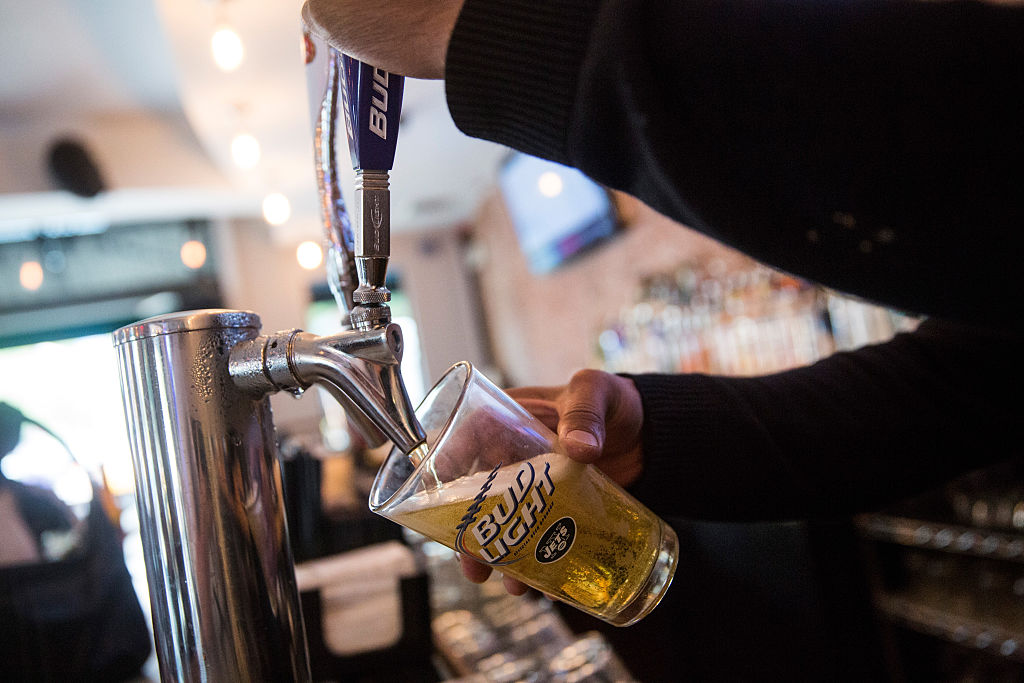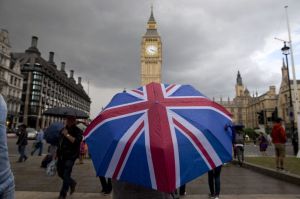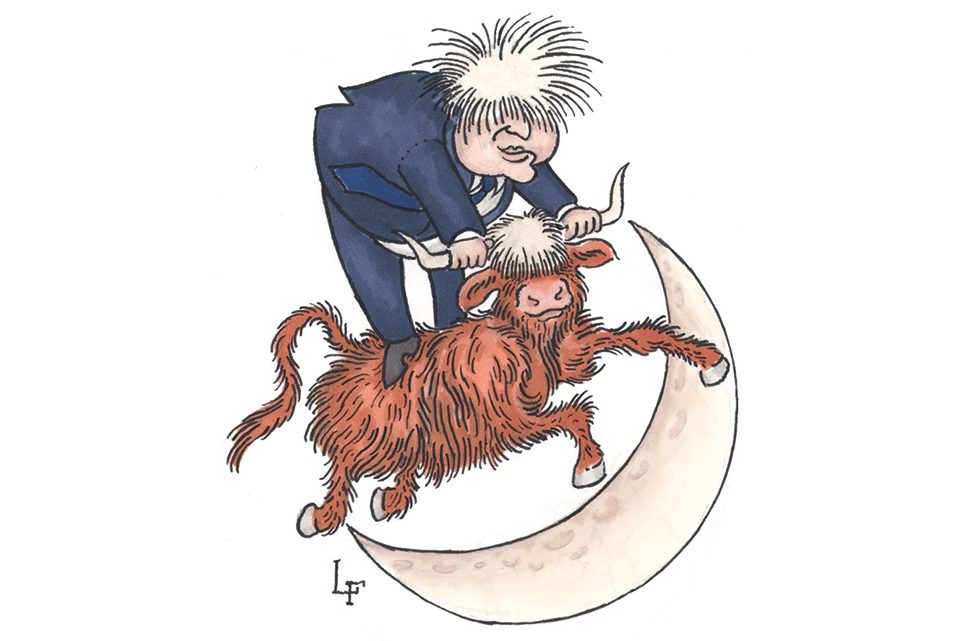Last summer, Covid claimed yet another casualty. The Post Pub, tucked away under a low ceiling on L Street in Washington, was a throwback to a different age, one of noontime highballs and midnight shots on the house. Yet while the past had been swinging, the future for the little downtown watering hole was bleak, and so it announced that it would have to close.
For me, the loss was personal. The Post was where I had deepened countless friendships over glasses filled and then unfilled with foamy brown. It was where, in 2018, I looked up at the TV above the bar, saw the words “fire and fury” on the same chyron as “North Korea,” and wondered for a fleeting second whether that was where I might die (it wouldn’t have been a bad end, all things considered).
The Post was something rare in our cities these days: a true dive bar. Such grimy yet undeniably cozy establishments were once fixtures of our neighborhoods, enticing regulars and newcomers alike with good company and $2.50 Coors till close. Now, they’re shutting down, and taking with them a bit of our national soul.
To figure out why dive bars are closing, we first need to determine what a dive bar is. And the best way to do that is to determine what a dive bar isn’t. The antithesis of the dive bar is an establishment we’ll call The Place. The Place is ascendant at the moment, embraced by the all-important hipsters and tastemakers who have commandeered our culture.
Everyone is familiar with The Place. The walls are a hideous shade of ochre. The menus feature $52 charcuterie plates of artisanal cheese cubes that the waiter only just finished snipping off a Polly-O stick in the back. On tap are sextuple imperial IPAs that beer snobs write sonnets to on insipid websites (pours orange-brown / aromas of caramelized pinecones / initial flavor is of pickled herring with an aftertaste of formaldehyde that’s more balanced than its 17.9 percent ABV would suggest).
The Place is almost anti-comfortable, with IMAX-sized TVs blasting vivid colors into your retinas and gag-inducing cocktails that look like a flood in your old iguana’s terrarium.
Now contrast this with the good old-fashioned dive. The dim yellow lighting ensconces and relaxes you. The mahogany and stained glass conjure up a better time, however ahistorical. Your shoes might stick to the floor, but then that’s what they’re supposed to do. The point is to be unpretentious; party foul if you must, since those who came before you did just the same.
We spend all day at work attempting to, as those bloodless corporate posters put it, “strive towards excellence” and “achieve our best.” The bar is supposed to be where we fall back onto the merely passable, with all the hallmarks — baseball caps, longnecks, flickering jukeboxes — of the comfortably average. This is what the dive achieves. Of course it’s grim and dim; were it not, we might feel pressured to live up to our surroundings. We might never find that which we’re truly seeking at on a Thursday evening: comfort, normality, peace.
So why are dives going extinct? The answer is they’ve been dealt a one-two punch. The first blow was the migration of young workers into our cities that began in earnest during the 2010s. Along with that influx came a surge in rents that priced out many local watering holes. An article in Eater from 2016 documented the damage: a 12 percent commercial rent rise in one year in Cleveland, a 20 percent rise in Nashville.
When it comes to surviving price gouging, The Place is at a natural advantage. Not only can it charge $11 a glass for its Taste of Early Winter Maroon IPAs — “Hanukkah in a glass,” raves BeerVivant.com — it can attract that hipster target demo in a way that smoky, sticky dives simply can’t.
Then came the second blow, the pandemic. It emptied barrooms across the country. Yet because dives were already disproportionately struggling, many simply couldn’t take the additional hit to their bottom lines.
I’ll admit that some of what I said above is tongue-in-cheek. You’re more likely to find me these days with a craft pale ale in hand than a domestic lager. And while The Place is not my cup of tea, there are still plenty of fine bars that nonetheless persist in thinking a pickle is something to be fried. In an ideal world, there would be room for all these establishments, dives and Places and delis and artisanal coffee shops and even the odd Dunkin Donuts or two.
Yet it’s the dives that right now are taking it on the chin. Fortunately, there may be hope. The pandemic saw rents nosedive in most American cities, and while they’re rising again, there are clear opportunities for new eateries and drinkeries. When our restaurant scene is rebuilt, perhaps there will be room once again for the humble dive.
One last note: in the fall, it was announced that Post Pub would reopen under new management. So it has, though there is now a plant-based burger on the menu, tragically.
This article was originally published in The Spectator’s January 2022 World edition.

























